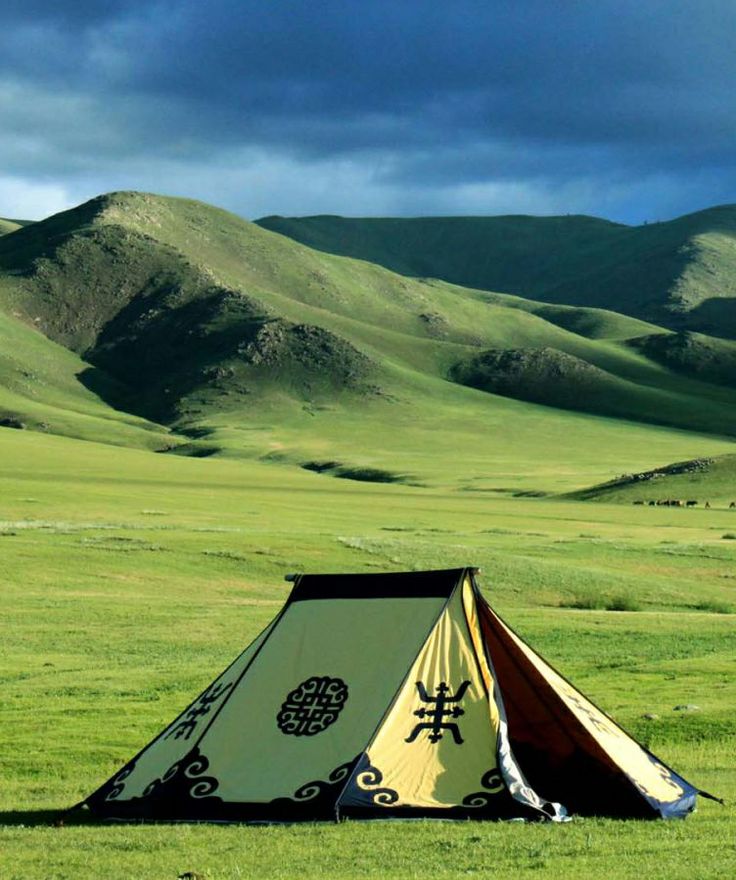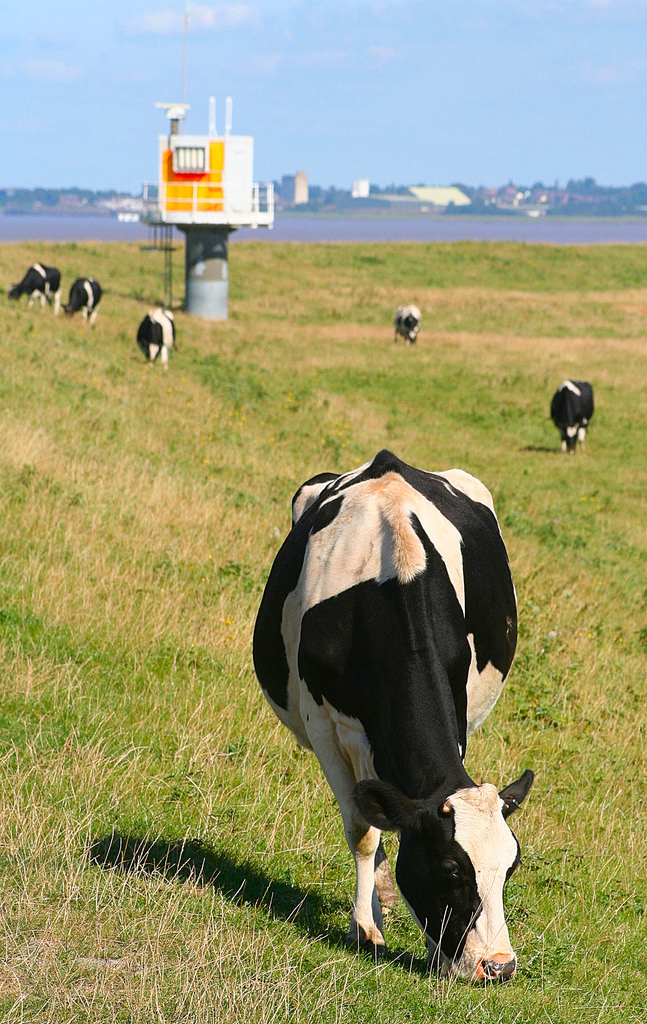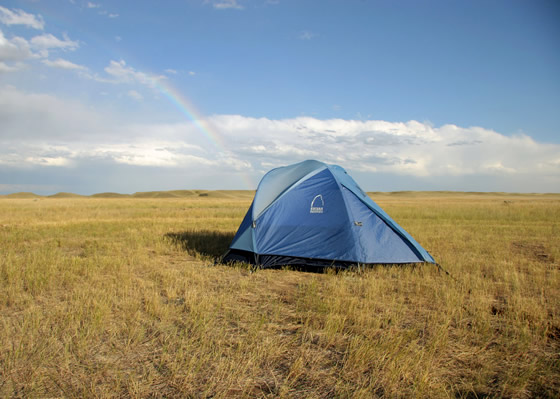 |
| Mongolian grassland |
Grasslands are areas of intermittent rainfall which favor grass growth. The grass helps the soil become rich by facilitating the accumulation of nutrients and decaying plant material.
Grasslands once covered about a quarter of the world’s land surface. Grasses’ growth patterns help enrich the soil immensely. Because their soils become among the world’s richest, grasslands are so intensely farmed and grazed that only small patches of natural grassland remain.
Climate and Geographic Location
Annual precipitation between 10 and 32 inches (25-80 centimeters), often with a dry period late in the growing season, supports grassland. Grassland temperature patterns vary. Fire and grazing favor grasses and often combine with climate to maintain grasslands.
  |
Extensive grasslands generally are found in continental interiors. In North America, grasslands occur from the eastern foothills of the Rocky Mountains to the Mississippi River, from south central Canada to northeastern Mexico, in eastern Washington and Oregon, and in California’s Central Valley. Grasslands on other continents include the steppes of Europe and Asia, areas fringing the major deserts of Africa and Australia, and the Pampas of South America.
Types of Grasslands
 |
| Types of Grasslands |
The short-grass prairie or plains occupied the drier western extreme. There, blue grama and buffalo grass seldom grew taller than 8 inches (20 centimeters). Mixed-grass prairie grew in between, with a mixture of tall, short, and middle-height grasses. Boundaries between regions were broad zones of gradual change.
Grasses and Grasslands
Grasses are well adapted to occupy region swith intermediate annual precipitation, fires, and grazing animals. Grasses have their main center of growth at or below the ground. Their slender, widespread roots compete intensely for nutrients and moisture, especially near the surface.
The above ground parts of the plants grow densely, and the entire above ground plant dies every year, covering the ground with a dense mulch. These characteristics present difficulties for plants invading grasslands, as the grass roots usurp moisture and nutrients and the leaves and mulch intercept sunlight.
Under very dry conditions, when grasses cannot grow densely, shrubs and succulents (such as cacti) dominate, and deserts occur. With heavy rainfall and infrequent dry periods, trees compete well with grasses, and forests dominate the landscape.
Grasslands are often bordered by forests at their moist edges and deserts at their dry boundaries. Under intermediate rainfall conditions, however, grasses are favored over all competitors.
 |
| grazing by animals |
Fire and grazing by animals tip the balance further in favor of the grasses. The late-season dry period typical of grasslands and the mulch built up after a year or more of growth are ideal conditions for the spread of fires. Whether started by lightning or by humans, fires spread quickly through the dried mulch.
The tops of plants burn to the ground, but often little damage occurs underground. Because the primary growth center of most nongrass plants is above ground and that of grasses is below ground, fire is more harmful to woody plants and nonwoody, nongrass plants (forbs).
Because grazing removes the tops of plants, it does more damage to forbs and woody plants than to grasses. Many grasses actually increase growth after light grazing. Most extensive grasslands are occupied by large grazing animals, such as the bison and pronghorn of North American grasslands. These and other grazers played important roles in the maintenance of the native grasslands and in the lives of the people who lived there.
   |
Grassland Soils
The presence of grasslands is determined by climate, fire, and grazing, but grasses impact their environment as well. In addition to their competitive role in excluding trees, shrubs, and forbs, grasses contribute to soil formation.
All the above ground parts of grass plants die each year, become mulch, and slowly decompose into the soil. Rainfall is generally insufficient to wash nutrients out of the reach of the grass roots, so the soil accumulates both nutrients and decaying plant material. The world’s richest soils develop under these conditions.
Human Impact on Grasslands
Because of their soils, grasslands became agricultural centers. Domestic grasses became the predominant crops—corn in the tall-grass country and wheat in the mixed-grass region. The short-grass plains were too dry to support grain crops but became an important region for grazing domestic animals.
In the process of learning what activities the grasslands could and could not support, Americans changed the grasslands of the continent forever. Farming reduced native tall-grass prairie to one of the world’s rarest habitats.
Although grazing had less impact on the short-grass plains, vast areas have been overgrazed severely. Grasslands in other parts of the world have been similarly abused. Given the importance of grasslands to humanity, serious conservation measures must be taken to restore their productivity.
